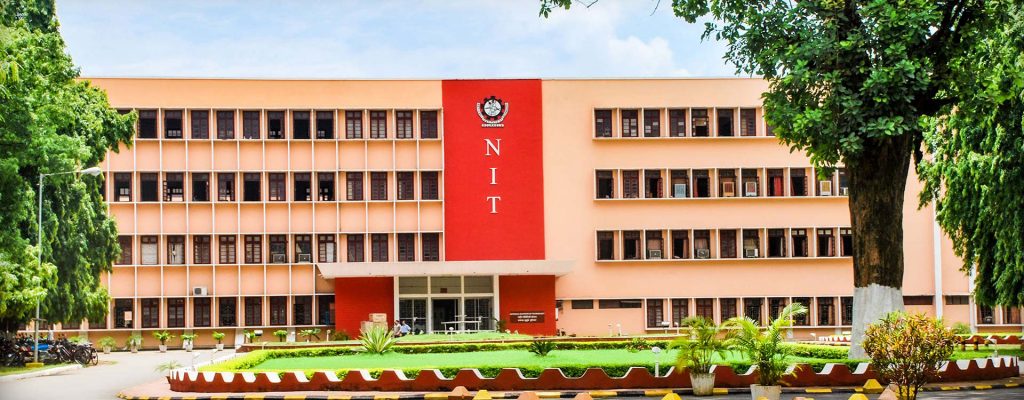RAJESH MOHANTY, OP
Rourkela: A study by researchers at the Civil Engineering department of the National Institute of Technology (NIT), Rourkela has revealed both reassuring and alarming findings about the quality of groundwater for irrigation in Sundargarh district. The results, published in the Water Quality Research Journal, used machine learning (ML) algorithms to predict future trends based on evaluated irrigation water quality indices from the available physiochemical groundwater quality data from 2014 to 2021.
Groundwater extraction in Sundargarh has increased due to growing agricultural demand, limited surface water, and population growth. This has led to a decline in both the quantity and quality of groundwater, which can negatively affect crop yields and soil fertility. Anurag Sharma, Assistant Professor at NIT-R, and research scholar Souvick Kumar Shaw used advanced data analysis techniques to assess key water quality parameters across the district. The study analysed samples from 360 wells, testing for salts, minerals, and other chemical properties that impact soil and crop health. The findings indicate that groundwater in the southern, southwestern, and eastern parts of the district, including Rangaimunda, Lephripara, and Putudihi, is suitable for irrigation. These areas showed stable water quality with acceptable levels of sodium adsorption ratio (SAR), Kelly’s Ratio (KR), and other key parameters.
Also read: Odisha CM holds discussions with Ashwini Vaishnaw on development of railway infra
However, the western and central parts, including Krinjikela, Talsara, Kutra, and parts of Sundargarh town, have groundwater with higher concentrations of total dissolved solids and cations like sodium, calcium, and magnesium. These conditions may harm soil and crop productivity, particularly for crops like potatoes and cucumbers. The study also revealed consistent trends in water quality indicators, suggesting that some regions could see further declines in groundwater suitability. Key parameters affecting groundwater quality in Sundargarh include sodium (Na ), chloride (Cl ), SAR, KR, permeability index (PI), and potential salinity (PS).
Professor Sharma said, “Machine learning enables us to develop predictive models and move beyond static assessments. By combining data-driven insights with traditional water management practices, we can create a more sustainable approach to irrigation and agricultural planning.” The model could be applied across India to assess groundwater stress for irrigation.
